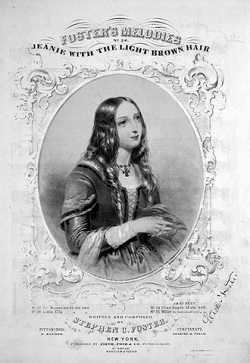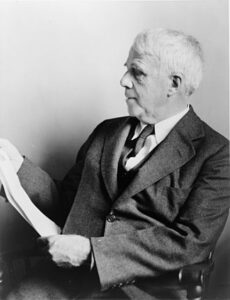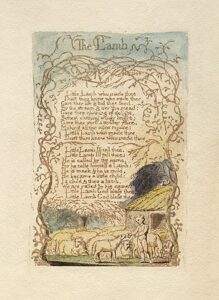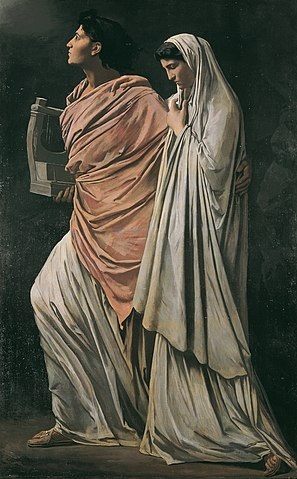
Poor Stephen Foster! He wrote a romantic song about his wife and it’s been turned into endless jokes. I’ve managed to find at least four “genie/hare” references just in old Bugs Bunny cartoons alone. And everyone knows how unbelievably awful the TV series “I Dream of Jeannie” was. (Yes. It was. No ifs, ands or buts about it.)
So, where to begin? That’s a frequent question in these posts. Let’s start with the hair, since it’s such a feature of the woman in the song. To say nowadays that someone has “light brown hair” isn’t exactly a compliment. It sounds blah, doesn’t it? Instead you’d probably say “dirty blonde,” although why that’s considered a flattering description is beyond me. Someone might have “ash blonde” hair that has no hint of red in it, but rarely would you say “ash brown,” even though that would just be a somewhat darker shade. On the other side of the spectrum you might call someone a “strawberry blonde,” but until I did some googling I’d never seen the term “strawberry brown.” It exists, though, as a light reddish brown. Kinda pretty, actually.


 The poem by James Agee has inspired several composers to set it to music. In this post I discuss two of the versions, but first I have to talk about the text itself.
The poem by James Agee has inspired several composers to set it to music. In this post I discuss two of the versions, but first I have to talk about the text itself.





